Review: Asus’ ZenFone 5 a notch above mid-range smartphones
By Chong Jinn Xiung June 19, 2018
- Boasts AI features aplenty from the battery to camera
- Dual cameras are really a mixed bag
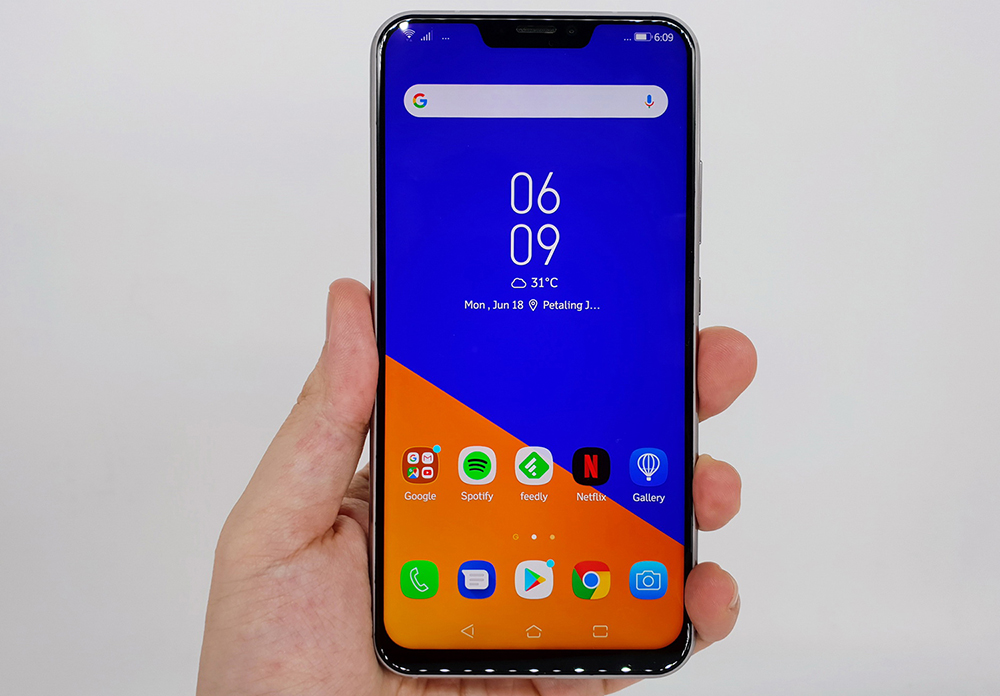
THE notch in smartphone displays is one of those trends in 2018 that you either love or hate. Asus decided to wholeheartedly embrace this trend by introducing a notch screen on its latest mid-range smartphone the ZenFone 5.
Announced during Mobile World Congress 2018, the ZenFone 5 represents the Taiwanese device maker’s aspirations to own the mid-range segment with a smartphone that looks and feels above its price range.
But does the ZenFone 5 meet these expectations?
Design
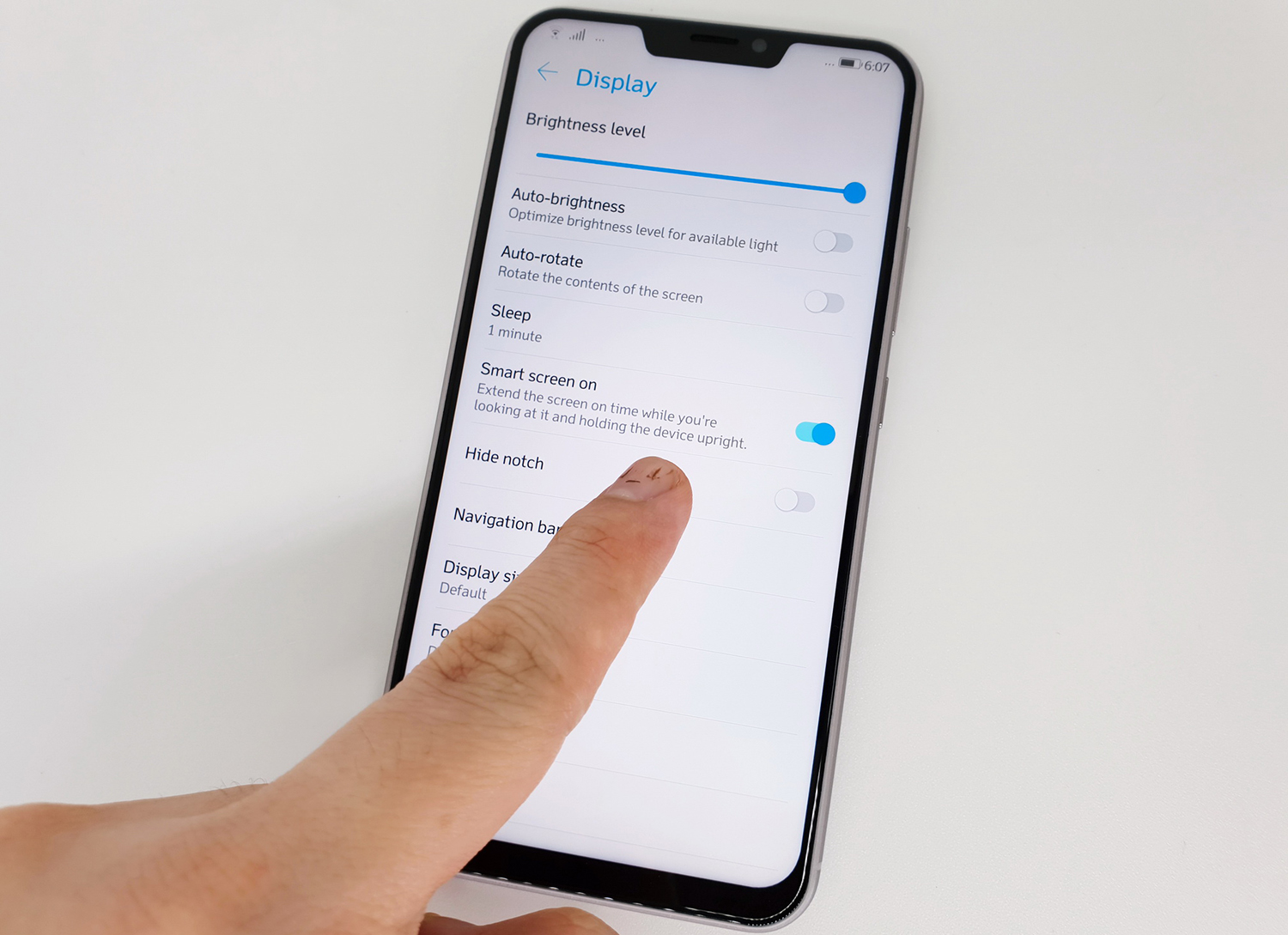
Let’s get this out of the way. Yes, the ZenFone 5 looks like an Apple iPhone X at first glance from the notch in the screen right down to the camera placement on the back.
However, it is marginally bigger than the iPhone X and the rear glass panel has a noticeable pattern, sort of like a sunburst radiating from the fingerprint reader. While the front and back are glass, the side of the phone is metallic and it feels very premium in hand.
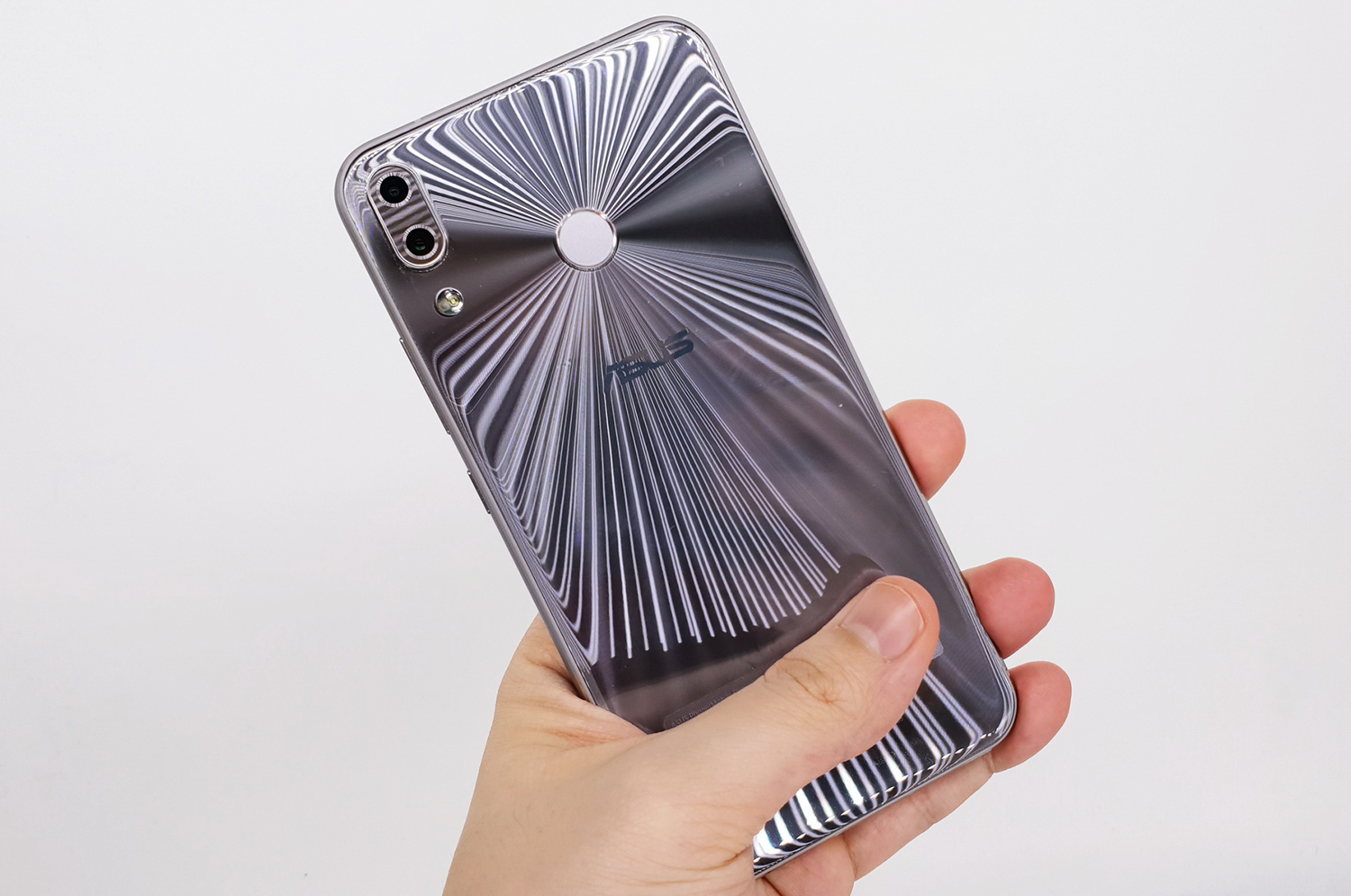
My review unit was the Metro Silver variant and I have to hand it to Asus, even though the ZenFone 5 is labelled as a mid-range phone it certainly has the looks of a high-end smartphone.
Despite its compact size the ZenFone 5 actually packs a 6.2-inch Full HD+ (2,246 x 1,080) display. The 90% screen-to-body ratio, or 19:9, helpfully gives the impression that you have a lot of screen real estate and it works well when you want to watch videos or browse the web.
Yes, there is a notch but you can easily turn it off and it mostly blends into the background as you continue using it.
Impressively, the ZenFone 5 has dual speakers by way of the earpiece doubling as the second speaker to complement the one on the bottom of the device. The sound quality is sufficiently loud for casual listening.
The fingerprint reader is situated squarely in the centre on the ZenFone 5’s glass back. The response is fast and better than the ZenFone Max Pro that I reviewed before.
Being a mid-range phone, I expected that Asus would at the very least provide a USB Type-C port and they delivered. That didn’t stop them from including a 3.5mm headphone jack, so that’s good on them.
Performance
On the inside, you get a Qualcomm Snapdragon 636 octa-core processor along with a respectable 4GB of RAM and 64GB of internal storage. The fact that you can expand up to a 2TB microSD card means you shouldn’t have to worry about storage.
Asus has also thrown in 100GB of cloud storage on Google Drive for one year that should come in handy for backing up documents on your phone.
Interestingly, even though this is the very same processor featured on the Max Pro, the ZenFone 5 interestingly performs marginally better based on benchmark results across the board.
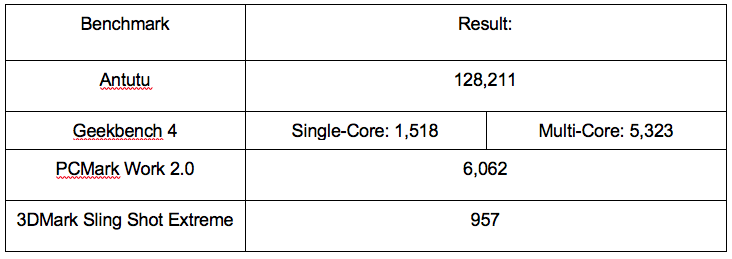
Under real-life conditions, the ZenFone 5 offered fast and speedy performance when opening and using everyday apps from web browsers, social media tools and games.
Since Artificial Intelligence (AI) is the new buzzword for 2018, Asus made it a point to insert it everywhere it could. The company claims that it has AI Boost technology for better performance, which could potentially explain its better performance, but I can’t be sure of this.
When it comes to gaming performance, the ZenFone 5 ran most games that I threw at it without any problems. There is an included ‘Game Mode’ that blocks out distractions and boosts performance while gaming. Fighting game Shadow Fight 3 ran smoothly at high settings though heavier games like Into the Dead 2 needed the settings toned down to run optimally.

Even though this isn’t stock Android, Asus has learnt to reduce the amount of bloatware and there are fewer duplicated apps that conflict with Google’s, leaving you with more storage capacity from the get-go.
Asus also saw it fit to slap AI branding on its battery performance with an AI Battery Protection feature that apparently keeps the phone charged at 80% when being charged overnight and tops it up to 100% when it is close to morning. While I did see this in action, it is hard to tell if this will affect the overall health of the battery in the long run.
On to more immediate matters, the ZenFone 5 carries a modest 3,300mAh battery with fast charging, which is always great if you need more power in a short period of time.
In terms of stamina, the phone easily lasted most of a day of browsing, video watching and social media from 9am till 10pm with about 35% left. Not out of this world but respectable.
Camera
The ZenFone 5 follows the popular trend of using dual cameras. You get a 12-Megapixel primary camera that is accompanied by an 8-Megapixel secondary camera that takes wide-angle shots.
It is an uncommon pairing that seems to be Asus’ main point of differentiation as most dual cameras usually feature a 2x optical zoom as the secondary camera.
The 12-Megapixel main camera is able to capture decent photos when there is a lot of available light. Autofocus is quick and usually, I was able to land my shot without any issues.
Images appear sharp though colour reproduction doesn’t quite stand out as the ZenFone 5 opts for a muted colour palette at times.
There is an AI Photo mode turned on automatically when the camera is activated that adjusts the settings for certain scenes it recognises. It is hard to tell if the photos have actually been enhanced but it definitely doesn’t look worse. At the very most it makes up with a fairly competent Pro mode that even allows you to shoot in camera RAW format for better post-processing options in Adobe Lightroom or other similar software.
While this mode can be useful for novice camera users, it is annoying that you can’t switch it off unlike some other smartphones with this feature. Hopefully, a future software update can add this option.
Low-light performance, as expected, wasn’t terrific as most photos were noisy and grainy. Needless to say, the ZenFone 5 isn’t a great camera for night shots despite Asus’ claims.
Now, the wide-angle camera it has its pros and cons. On one hand, it comes in handy when your subject is too wide to fit in the frame of the primary camera. The camera does this with some distortion, which is expected.
However, the 8-Megapixel sensor is really terrible at capturing details turning, scenes into a bad watercolour painting on closer inspection. No doubt, they can look decent if you are posting them on social media but don’t expect them to be keepers otherwise.
The ZenFone 5’s video quality isn’t half bad all things considered, with respectable sharpness, colour and contrast. Camera shake is still present but lessened due to the 3-axis stabilisation. It also shoots up to 4K quality at 30 frames per second (fps), which is great if you want detailed videos.
Disappointingly the secondary wide-angle camera, i.e. the 8-Megapixel one, only shoots up to 2,180 x 1,080 at 30 fps quality. Even so, the quality is not as great as the main one with grainier videos. Only use it if you absolutely need to take a wide-angle shot but otherwise stick to the main camera.

The High Dynamic Range mode on the ZenFone 5 is rather aggressive and borders on looking artificial but at least it brings out the details in the photo.

Fine details like the cat's fur are clearly visible in daylight shots like this.

This image is an example of just how wide you can shoot with the wide-angle camera which is great but it lacks in picking in detail.

Night shots weren't all terrible like this of a pool side but in purely dark areas, the camera struggles a lot.
Conclusion

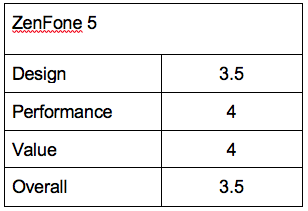 The ZenFone 5 demonstrates that Asus is serious in winning the mid-range segment. The design is not the most original but at least it looks good while rocking it.
The ZenFone 5 demonstrates that Asus is serious in winning the mid-range segment. The design is not the most original but at least it looks good while rocking it.
Notch or no notch there is plenty of screen real estate which is a good thing if you are a heavy user. The performance of the Snapdragon 636 and 4GB of RAM is good enough for most average tasks and moderate gaming, but the battery life isn’t out of this world.
It is by no means a perfect phone, as the wide-angle camera is poor and you can’t turn off the AI camera.
Retailing at RM1,299, the ZenFone 5 just might satisfy the need for a flagship-looking phone if you can live with the shortcomings of its camera capabilities.
Related Stories:
Asus introduces ZenFone 5 and Max Pro M1 in Malaysia
Review: Asus ZenFone Max Pro M1 has a monster battery that goes on and on
Asus Republic of Gamers announces ROG Conquest Penang State Championship 2018
For more technology news and the latest updates, follow us on Facebook, Twitter or LinkedIn


